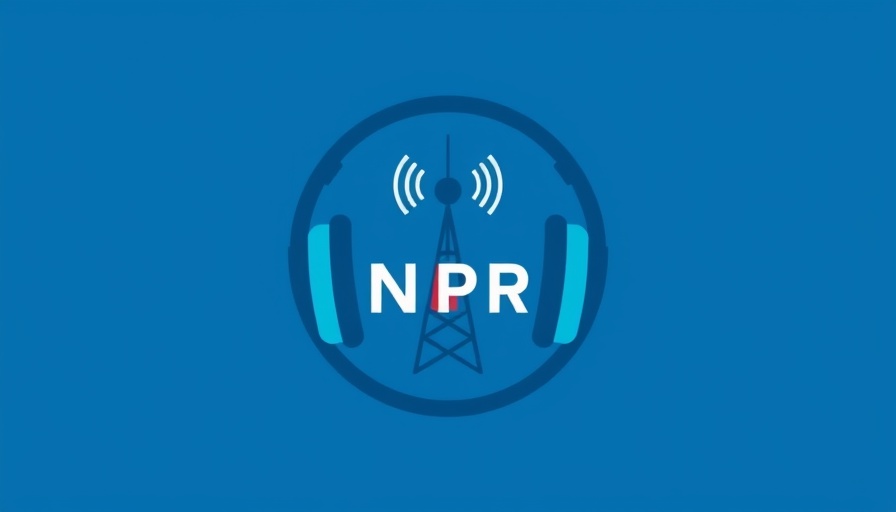
A Major Shift: EPA Staffing Cuts Under the Trump Administration
The Environmental Protection Agency (EPA) has recently announced a large-scale reorganization that will cut staffing to levels not seen since the Reagan administration. This move, spearheaded by EPA Administrator Lee Zeldin, could result in potentially thousands of job losses, with particular impacts on the agency's scientific research division, the Office of Research and Development (ORD).
Understanding the Impacts on Environmental Research
The ORD plays a crucial role in assessing environmental risks, providing scientific data that influence key regulations, like the Clean Air Act. By reallocating and potentially downsizing its workforce, the EPA risks undermining the scientific rigor that informs its regulatory decisions. Former EPA official Jennifer Orme-Zavaleta expresses concern that the disbanding of this expertise could jeopardize public health and safety.
Contextualizing the Cuts: Why Now?
The EPA's workforce currently stands at around 15,000, yet Zeldin aims to reduce this number significantly, echoing staffing levels during the Reagan era when the agency was often criticized for its lack of regulatory enforcement. This reduction is framed as a strategy for efficiency, but the implications extend far beyond savings, potentially affecting the effectiveness of environmental regulations and research efforts.
Broader Concerns: Future of Environmental Regulation
Experts have voiced apprehensions regarding the forecasted budget cuts, which include a staggering 45% reduction in ORD’s budget as part of the Trump administration's broader fiscal strategy. This would not only impact EPA operations but also challenge the agency's ability to address pressing environmental issues comprehensively.
The Balance Between Budget and Public Health
Public health advocates argue that with these cuts, the EPA’s fundamental requirement to safeguard citizen health may be compromised. Historical data illustrates that a robust and well-funded EPA has been imperative for air, water, and land quality initiatives, contributing to significant public health improvements. Questions loom over how diminished resources could reverse decades of environmental progress.
Industry Reactions: CEOs Weigh In
As business professionals, particularly those in tech-driven and marketing sectors, it is essential to stay informed about these impending changes. The broader implications of diminished environmental regulations could impact companies required to adhere to environmental standards, complicating compliance and potentially increasing operational costs. For CEOs and marketing managers, understanding these dynamics is crucial for strategic decision-making.
Opportunities Amidst Change: What Can Be Done?
There are actionable steps business leaders can take in response to these shifts. Engaging in proactive environmental stewardship and advocating for sustainable practices can position companies favorably, even during regulatory changes. Collaborating with environmental experts and policy-makers could provide insights into the evolving landscape of environmental legislation and compliance.
Conclusion: A Call for Vigilance
In light of these significant operational changes within the EPA, it is vital for business leaders to remain vigilant and adaptive. By prioritizing sustainability and compliance, businesses can not only safeguard their interests but also contribute positively to the environment and public health. As we navigate these transitions, it is crucial for corporate leaders to stay involved in environmental discourse.
 Add Row
Add Row  Add
Add 




 Add Row
Add Row  Add
Add 

Write A Comment